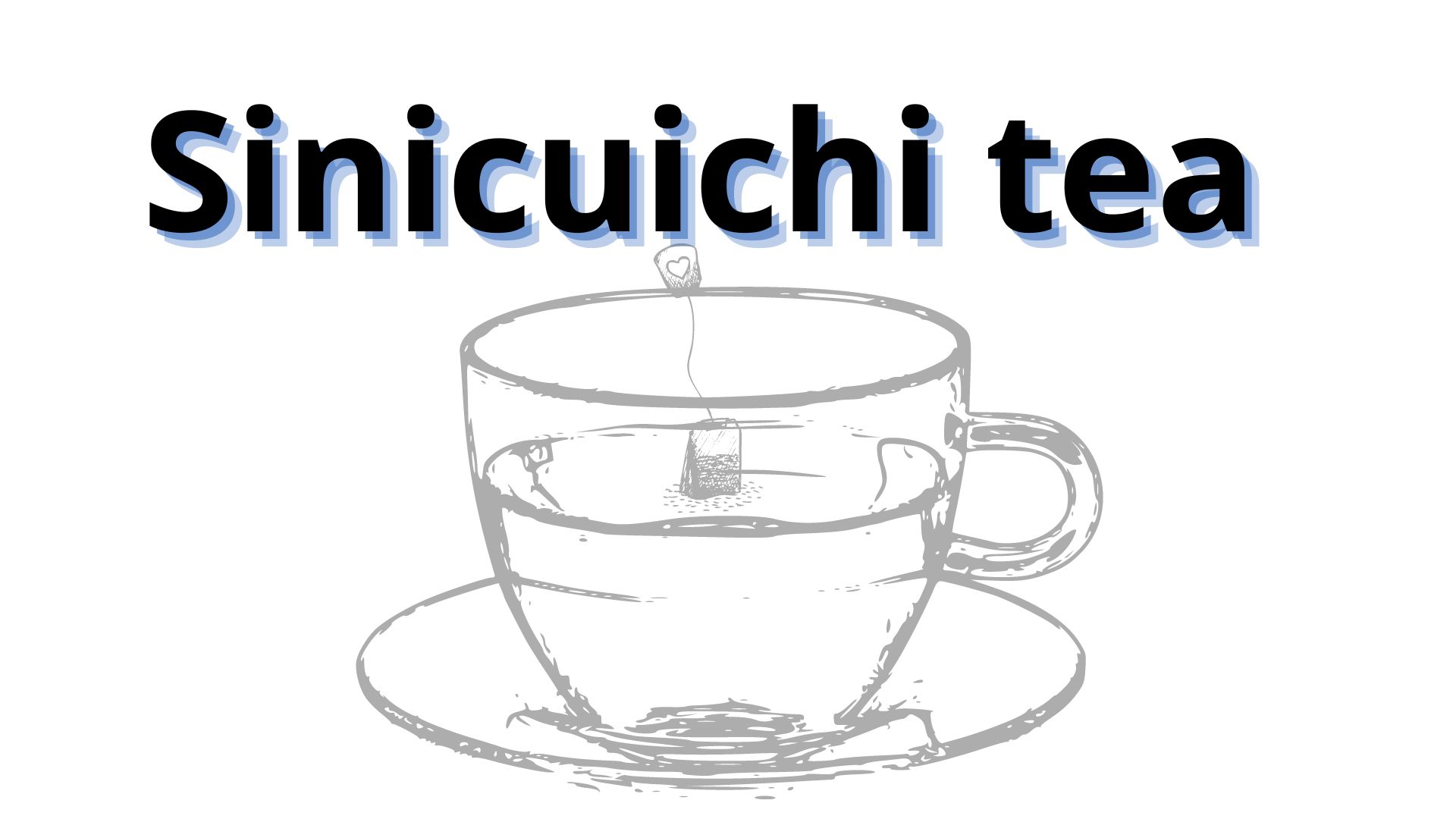Family: Lythraceae
Scientific name: Heimia salicifolia
Authority: (H.B & K.) Link & Otto
Trade name: sinicuichi, hauchinal, sun opener, elixir of the sun
The brewing of sinichuichi tea dates back to the Aztecs. It was used during shamanic rituals. Today the tea is taken as medicine and recreationally as a legal psychoactive stimulant.
Plant description
Sinicuichi tea is made from the leaves of Heimia salicifolia, a deciduous densely-branched shrub that grows up to 3 m in height. It is native to Mexico, Texas, Jamaica, El Salvador, Argentina, and Uruguay. It prefers to grow along streams and wetlands. H. salicifolia has dark green narrow and lanceolate-shaped leaves, campanulate-shaped flowers with bright yellow petals, and fruits that are dry and rounded four celled capsules containing very small seeds.
Medicinal properties
H. salicifolia reportedly contains anticonvulsant, anti-inflammatory, antimicrobial, antisyphilitic, anticholinergic, antipyretic, and uterotonic activity. It has psychotomimetic activity relating to its folklore use as an additive with intoxicants. It also has wound healing, calming, sedative, tranquillizing and spasmolytic effects. The plant is called the “sun opener” due to providing visual stimulation.
Preparation
Traditionally, sinicuichi tea is prepared using the leaves of H. salicifolia. The leaves are first dried until they wilt. Afterwards, the leaves are placed into a bowl or cup of water and allowed to sit in the sun for 24 hours. The Aztecs believed that the fermentation process was the sun transferring its knowledge and spirit into the drink.
Today, sinicuichi tea is prepared by brewing or fermenting the leaves with water, yeast and sugar for over 24 hours.
The dried parts of H. salicifolia are sold as “Sinicuichi”, “Sinicuichu” or “Sun Opener ”, which can be brewed or fermented with water, yeast, and sugar.
Administration method
The folkloric reports of H. salicifolia discuss various administration techniques, including the following:
- An infusion that is taken as tea. The infusion is made by adding 10 g of dried powdered leaves to 250 ml of boiled water. The leaves used to make tea can be fresh or dried. The tea is typically used as a muscle relaxer.
- A decoction that is taken with alcohol or plant juice. Upon drinking this decoction, a person is said to experience auditory hallucinations such as hearing the sound of bells or voices and objects appearing yellow.
- As a bath agent to treat muscle pain.
- Smoking in cigarette form. Rolling the pounded dried leaves in a joint and or mixing with cannabis or mushrooms.
Uses
The use of leaves for medicinal and psychoactive purposes dates back to the time of Aztec. In therapeutic doses the leaves can be used to treat several conditions, ailments, and diseases.
- It is used as a sedative and mood enhancer.
- It is used to induce euphoria and a trans-like state.
- It is a repellent for insects and flies.
- It is used to treat bronchitis and other chest illnesses.
- It is used to treat dysentery and diarrhoea.
- It is used to treat inflammation of the uterus.
- It is used to treat myalgia (muscle aches and pain).
- It is used as a diuretic, laxative, and antisyphilitic.
- It is used to make a general tonic and emetic.
Caution
The use of traditional medicine in prescribed dosages will yield good results. Misuse and abuse may lead to complications. Sinicuichi tea is believed to cause exhilarating feelings and an alteration of awareness accompanied by bradycardia, relaxation of the muscles and a pleasant faintness. To learn about correct dosage, consult a traditional healer or a herbalist. You can also visit imithiyesintu.co.za or email: info@imithiyesintu.co.za to learn more about traditional medicine.
Learn about other teas from around the world by accessing Khat & Bushman’s tea, Chai tea, Hibiscus sabdariffa, Mosukujane & Zumbani teas & Alibotushki / Mursalski / Pirin Tea
